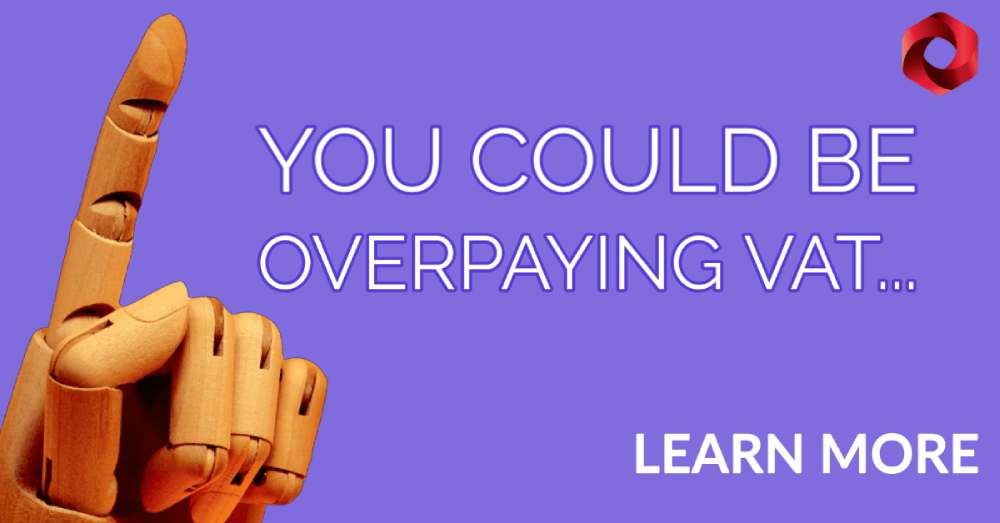What Do You Do When Your Business Partner Wants to Break Up?
- August 2021
- 5 minutes
A partnership is made up of two or more people who have formed a business relationship. Partners expect to have disagreements and disputes in their relationships, just as they do in any other. Typically, these disagreements are resolved, and the partners move on.
However, sometimes a partner may want to end the business relationship. Whether the partnership has two or more partners, one partner leaving the partnership can have a significant impact on the remaining partners and business.
When one of the partners in a two-person partnership leaves, the partnership ends. A partner leaving a multi-member partnership could also end the partnership if the partner leaving is the managing partner or the partner with the majority of the company’s clients.
 Reasons to Dissolve a Partnership
Reasons to Dissolve a Partnership
There are many reasons a partnership may dissolve. Common reasons a partnership may dissolve include, but are not limited to:
- A partner retires or withdraws from the partnership
- The death of a partner
- A partner becomes mentally incapacitated
- The partnership conducts illegal activities
- A partner buys out the interest of all other partners to transition the business into a sole proprietorship
- Partners agree to dissolve the partnership
- A partner obtains a court order to dissolve the partnership
Regardless of why a partnership dissolves, there are often warning signs that indicate the partnership may be headed toward a breakup.
 Warning Signs That Your Partnership Might Be Headed Toward a Breakup
Warning Signs That Your Partnership Might Be Headed Toward a Breakup
Partners can conduct business without issues for years. Many partners settle disagreements by discussing the problem and negotiating a mutually acceptable solution.
However, some warning signs can indicate a partnership is on its way to a breakup. Some common signs that a partnership might be destined to end include:
- A Partner’s Goals Change
Continuing the partnership if a partner’s business or personal goals change may not be in the partner’s best interests. It is impossible to solve this problem because the partner has already decided that leaving the partnership is a necessary step in achieving his or her objectives.
- Working Styles Aren’t Compatible
Individuals with different working styles can work well together. Working styles, on the other hand, must be compatible. If the working styles of the partners are too dissimilar, the differences in working styles can cause strain in the relationship. Other issues may be exacerbated as a result of the differences.
And differences in working styles can also create stress and anxiety in the office as employees attempt to satisfy each partner’s expectations.
- Disagreements About Fundamental Business Decisions
Partners frequently disagree on various business decisions. The partners talk about their differences and weigh their options before coming to a decision that everyone can agree on. The partnership, on the other hand, suffers if partners are unable to compromise and collaborate. Unresolved issues can cause business disruptions, resulting in the partnership losing money and clients.
If one partner’s business philosophy or goals are completely different from or incompatible with the other partners’ philosophies or goals, it may be time for that partner to leave or the partnership to end.
- A Partner Is Not Contributing
For the partnership to succeed, each partner must carry his or her share of the burden. The business suffers if one of the partners fails to carry his weight. Relationships between partners are also strained as other partners are forced to pick up the slack left by a partner who consistently fails to perform. An imbalance in duties and benefits can create problems between partners that are irreparable. An unbalanced workload is a key sign it might be time to end the partnership.
- Communication Has Broken Down
Another important aspect of a successful partnership is communication. A breakdown in communication is frequently a sign that a relationship is on the verge of ending. Partners, for example, can only communicate in writing without arguing, and written communication is beginning to break down in the same way that verbal communication is.
 Preparing for a Partnership Break Up — The Partnership Agreement
Preparing for a Partnership Break Up — The Partnership Agreement
Partners and companies evolve over time. Your partnership agreement should allow for change and growth, as well as the possibility of a breakup.
The partnership agreement is the first step in preparing for a breakup. You don’t enter into a partnership with the intention of it failing. However, it’s a good idea to assume the partnership will come to an end at some point. Working under the assumption that the partnership will not last forever can make the breakup of a partnership much easier.
A comprehensive partnership agreement is a contract that binds all partners legally. It specifies many aspects of the partnership, including partner rights and responsibilities, contributions, loss and profit allocation, decision-making authority, and management structure. A well-drafted partnership agreement also contains terms related to the exit, death, or disability of a partner.
Partnership Agreements and the Exit of One Partner
When one of the partners leaves, the partnership does not necessarily end. The partnership may be continued by the remaining partners. As a result, if one of your partners wants to leave, becomes incapacitated, or dies, your partnership agreement will cover it. A good agreement spells out the steps and provisions for replacing a partner, as well as buyouts and responsibility shifts among the remaining partners.
Partnership Agreements and Preparing to Dissolve a Partnership
If a dispute between partners cannot be resolved or the partners want to end the partnership, a clear set of steps outlined in the partnership agreement can make the process more efficient and cost-effective. State law dictates how to dissolve a partnership if you don’t include terms in your partnership agreement that govern dissolution or the exit of a partner. . Setting your terms for the dissolution of a partnership is typically better than allowing the state to decide the procedure.
Common steps involved in dissolving a partnership begin with a formal vote by the partners to end the partnership. Record the vote in writing. The next steps typically involve arranging to pay partnership debts, liquidate partnership property, make final distributions of partnership profits, file final partnership tax returns, and file other required documents with the state or taxing authorities to dissolve the partnership.
When partners want out of a partnership, a partnership agreement with detailed steps for dissolving the partnership can help avoid additional disputes. It could also save the partners money and time by avoiding costly and time-consuming litigation.
 Ways to Make the Breakup of a Partnership Less Painful and Costly
Ways to Make the Breakup of a Partnership Less Painful and Costly
Ending a partnership can be difficult. There are ways you can make the transition easier for yourself and your partners.
Don’t Ignore The Warning Signs
It can be difficult to spot warning signs of a possible breakup. If you notice any warning signs of a breakup in your relationship, don’t ignore them. The early warning signs of a partnership breakup allow you to plan your exit before things become too tense for an amicable breakup.
Review Your Partnership Agreement
Before taking any actions to leave the partnership, review your partnership agreement. Knowing your legal rights and obligations under the partnership agreement can help you create a strategy to exit the partnership with as little drama and negative financial consequences as possible.
Talk To A Business Attorney
Having a lawyer review the partnership agreement and advise you of your rights and obligations can help avoid litigation. An attorney can also help you develop an exit strategy that provides the highest level of personal liability protection while protecting your interest in partnership assets.
Keep Communications Open And Honest
Maintain open and honest communication with your partners whenever possible. When a partner leaves, productive discussions with your partners can ensure a smooth transition. It can also help to keep the partners’ personal relationships intact.
Pay All Partnership Debts
If the partnership is dissolving, pay all partnership debts before distributing any assets. If you are exiting the partnership, it is wise to ensure all debts are paid that could incur personal liability for you. Obtain an indemnification agreement from the remaining partners for debts that cannot be paid in full. You are released from any liability or debt under the terms of the agreement. While a hold harmless agreement does not relieve you of your liability to creditors, it does provide you with a legal basis for suing the other partners if you are held personally liable for the debt.
Winding Up Partnership Business
If the breakup results in the dissolution of the partnership, the partnership continues for a limited time to wind up the business. Winding up the business may include completing current contracts, assisting clients in locating a new firm, paying final debts, filing final tax returns, selling partnership assets, and making final distributions of property or money to partners.
Each partner typically has a right to participate in the steps to finalize the partnership dissolution. The partnership agreement may address this matter. If not, it’s helpful to discuss and draft an agreement that dictates which partners have the authority to dispose of assets and make decisions during the period of winding down the partnership.
Try To Compromise
Make a list of all the items and issues to resolve before a partner exits the partnership or the partnership ends. Prioritize the items from most important to least important. Having this list helps you decide which points you will compromise. By compromising on terms not very important to you, you build goodwill for the items that are most important.


